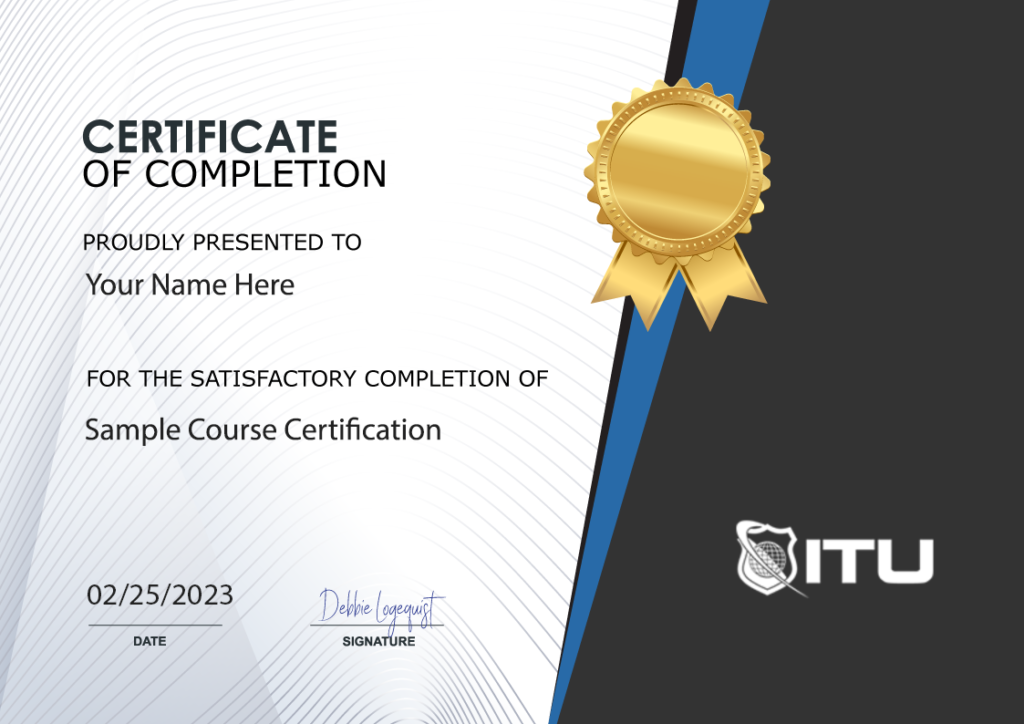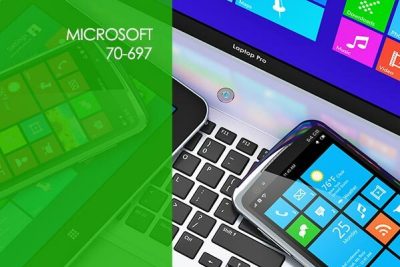
Lifetime
An ITU Online Training exclusive. The only Buy Once, Never Pay for IT training again program available. Plus, get all new and updated content for life.

With an All-Access Pass, you get access to every current and future ITU course. Access over 2,500 hours of on-demand IT Training 24/7. With over 13,000 on-demand training videos and 19,000+ practice questions, you'll have the tools to excel in the critical IT skills needed to elevate your IT Career. Our All-Access pass is available in three affordable plans.
Paris is the capital of France.
Tokyo is the capital of Japan.
Most Popular
Categories


With an All-Access Pass, you get access to every current and future ITU course. Access over 2,500 hours of on-demand IT Training 24/7. With over 13,000 on-demand training videos and 19,000+ practice questions, you'll have the tools to excel in the critical IT skills needed to elevate your IT Career. Our All-Access pass is available in three affordable plans.

ITU provides a vast array of IT-focused on-demand training designed to help you excel in both entry-level and advanced IT skills. Browse our most popular training or take a deper dive into our robust catalog of training categories.
Popular Courses All Categories
 CompTIA
Train for a globally recognized IT certification with our comprehensive CompTIA courses.
A+ | Network+ | Security+
CompTIA
Train for a globally recognized IT certification with our comprehensive CompTIA courses.
A+ | Network+ | Security+
 Cybersecurity
Master the art of combating cybersecurity threats and become a cyber hero.
Ethical Hacking (CEH) | CISSP | CISM
Cybersecurity
Master the art of combating cybersecurity threats and become a cyber hero.
Ethical Hacking (CEH) | CISSP | CISM
 Cloud Computing
An essential skill set in today's IT environments. Learn cloud computing platforms
Azure Administrator | Google Cloud | AWS Practitioner
Cloud Computing
An essential skill set in today's IT environments. Learn cloud computing platforms
Azure Administrator | Google Cloud | AWS Practitioner
 Project Management
Key to successful projects, learn the skills and methodolgy behind project management.
PMP | Risk Mgmt | Agile PM
Adobe
Business & Management
Cisco
Cloud Computing
CompTIA
Computer Support
Cybersecurity
Data Administration
Data Analysis
Development & Programming
Marketing & Social Media
Medical Coding & Billing
Microsoft
Microsoft Office
Network Administration
Networking & Software
Project Management
Web Development
Project Management
Key to successful projects, learn the skills and methodolgy behind project management.
PMP | Risk Mgmt | Agile PM
Adobe
Business & Management
Cisco
Cloud Computing
CompTIA
Computer Support
Cybersecurity
Data Administration
Data Analysis
Development & Programming
Marketing & Social Media
Medical Coding & Billing
Microsoft
Microsoft Office
Network Administration
Networking & Software
Project Management
Web Development

With more than a billion devices estimated by Microsoft to make use of this platform, having these certifications will give you an edge above other applicants and employers alike. our Microsoft 70-697: Configuring Windows Devices (Windows 10) online training course will get you prepared to pass the exam.
Included In This Course
Closed Captions
Certificate of Completion
Course Description
Note: Although the associated examination for this course has been retired, it is a good resource for online training.
There is a newer updated Microsoft Window 10 course available. View our Microsoft MD-100: Windows 10 Course
Mastering Windows 10: A Guide to Configuring Devices – Dive into the world of Windows 10 with our comprehensive Microsoft 70-697 training course. This course offers extensive knowledge on deploying and managing Windows 10 in a corporate environment. You’ll learn how to tailor your Windows 10 experience, from basic installations to advanced configurations like network connections and data security. Despite the retirement of the associated examination, this course remains a valuable resource for IT professionals seeking to excel in Windows 10 management.
Empower Your IT Career with Windows 10 Expertise – Our course is designed not just to educate but to empower. You will gain a competitive edge in the marketplace as companies transition to Windows 10, a platform expected to reach over a billion devices. Learn how to secure and manage Windows devices effectively, ensuring network safety and optimizing device performance. This course goes beyond theoretical knowledge, providing practical skills that can be immediately applied in your professional life.
For Aspiring and Seasoned IT Professionals – Whether you’re starting your IT journey or looking to upgrade your skills, our course caters to all levels. It’s ideal for those aiming to specialize in Windows 10, system administrators, and IT professionals responsible for managing and securing Windows environments. If you’re seeking to deepen your understanding of Windows 10’s latest features, such as Cortana and enhanced security, this course is for you.
To see more Microsoft related training, Visit the Microsoft Website.
This course is all about teaching you to install and configure Windows 10 desktops in a corporate domain environment. It’s not just about the basics, either. We’ll cover setting up local and remote network connections, configuring data security, and managing Windows 10 devices. By the end of the course, you’ll have the knowledge to customize your Windows experience and ensure network safety.
You’re in for a pretty comprehensive experience! The course includes 32 hours of training, 135 on-demand videos, and 270 prep questions. It’s divided into 15 topics and comes.
The course focuses on installing, customizing, and managing Windows 10 in a corporate domain environment, including network connections, data security, and device management.
While prior experience is beneficial, the course is designed to accommodate learners at various skill levels, providing foundational knowledge as well as advanced skills in Windows 10.
Although the course prepares you for Windows 10 management, it is important to note that Microsoft has retired the 70-697 certification exam. The course still offers valuable skills and knowledge.
You will learn to deploy, manage, and secure Windows 10 devices, including understanding new features like Cortana and advanced security settings, providing you with practical, applicable skills in modern IT environments.
Proficiency in configuring Windows 10 is highly valued as businesses increasingly adopt this OS, enhancing your employability and career advancement opportunities.

Course Outline
Patrick is a skilled presenter with a strong background in IT training and certification covering general information technology, network administration, and consulting. His strong customer service background and skills both in support and presentation situations allow him to effectively communicate course information in an engaging manner. He specializes in areas such as Active Directory, Microsoft Exchange, Windows Network Infrastructure, and Security.
Start this course for free with our 10-day trial of the all-access subscription providing access to over 2,600 hours of training.
$49.00

Monthly All-Access Subscription
7 Days Free - $39.00 / month
A great option at an affordable monthly price.
Annual All-Access Subscription
$229 / year
A discounted price when paying for your All Access library on an annual basis.
Lifetime All-Access Library
$379 One time payment
Exceptional Value. Pay once, never have to buy IT training again.
$49.00
In this course you will learn how to plan and design Sharepoint sites, implement authorization and authentication, access and manage data, implement Sharepoint solutions, implement the user experience and information architecture, create business processes, and create office applications.
$49.00
Ready to jumpstart your tech career? The Microsoft MTA 98-367 – Security Fundamentals course provides the necessary skills and knowledge for you to ace the Microsoft MTA 98-367 exam. Developed by experts, this training offers a comprehensive overview of essential technology concepts from Microsoft Technology Associate (MTA) certification exams which are set up to verify basic understandings needed when beginning work with Windows technologies.
$49.00
This Cybersecurity Awareness and Prevention Training course offers an in-depth exploration of protecting your network, remaining safe online, securing emails, using anti-virus software to its fullest potential – plus plenty more.

Unlock endless learning opportunities with over 2,500 hours of IT training at our lowest price ever. Plus, get all new and updated online courses for free while your subscription remains active.
Cancel at your convenience. This exceptional deal on IT training provides you access to high-quality IT education at the lowest monthly subscription rate in the market. Boost your IT skills and join our journey towards a smarter tomorrow.